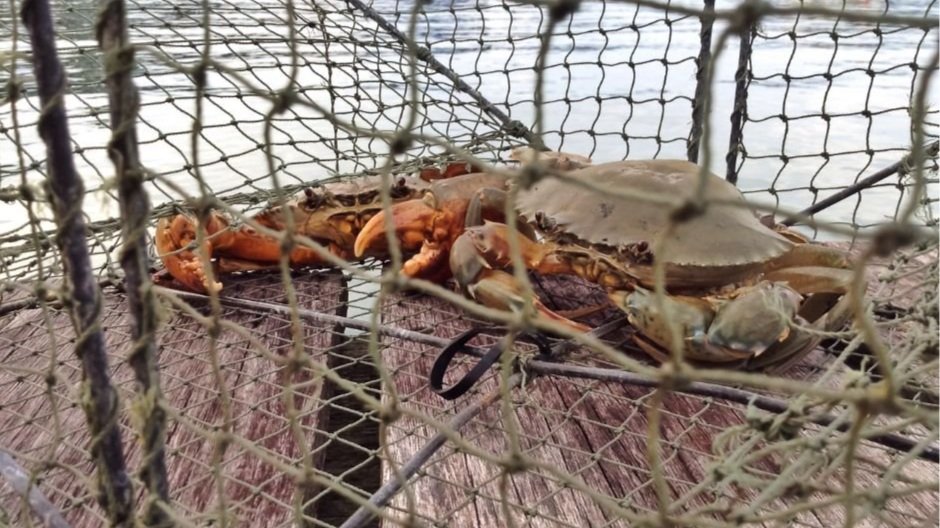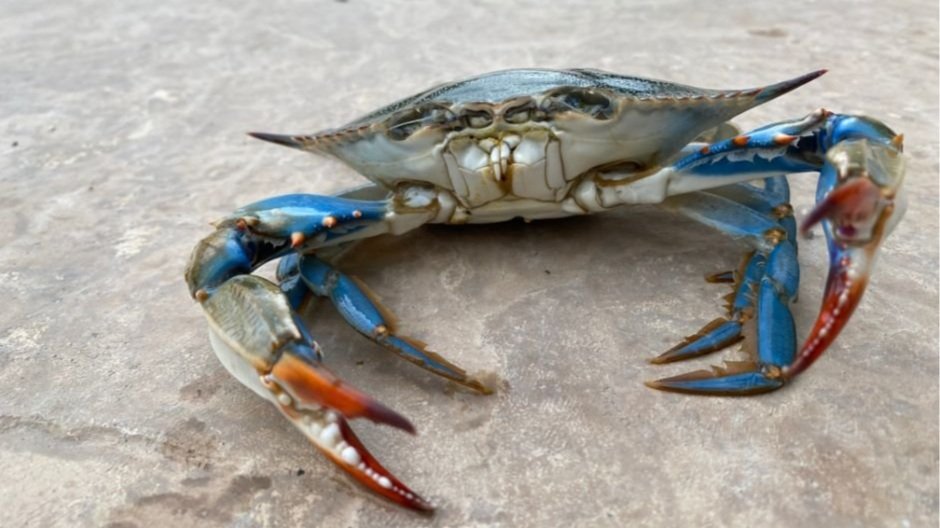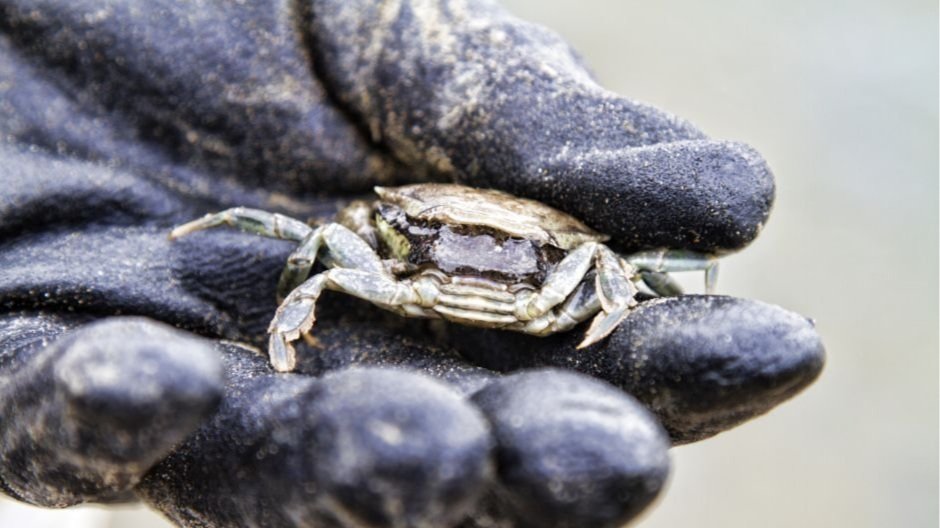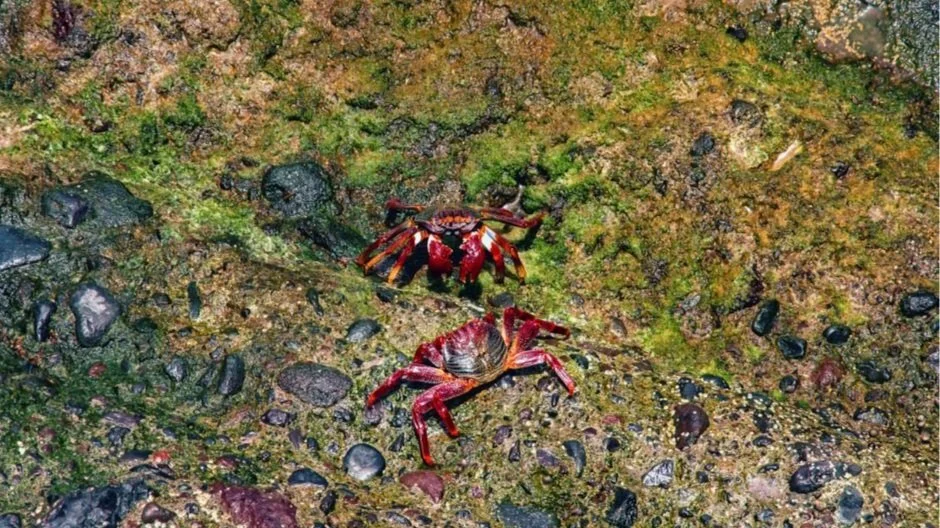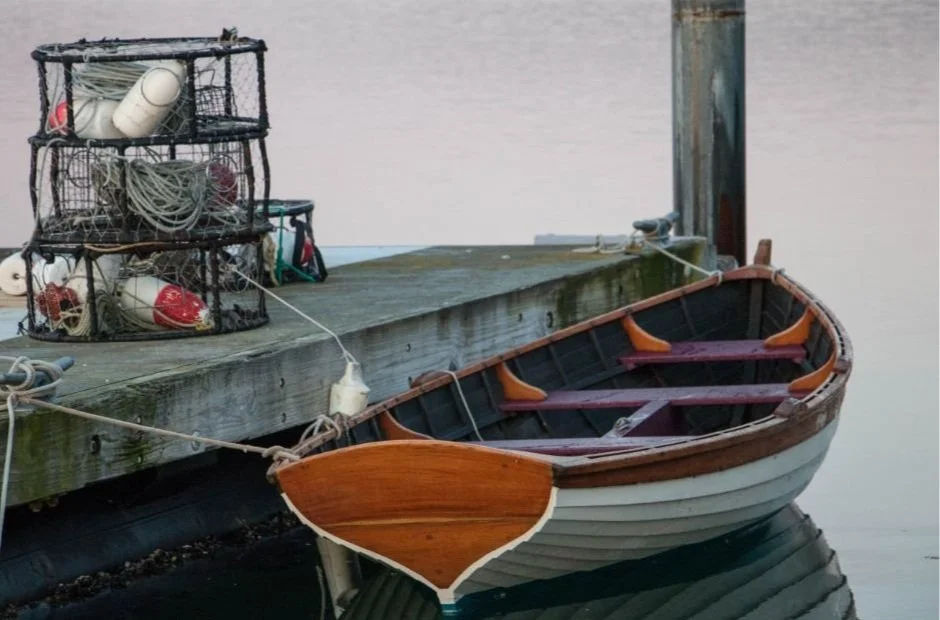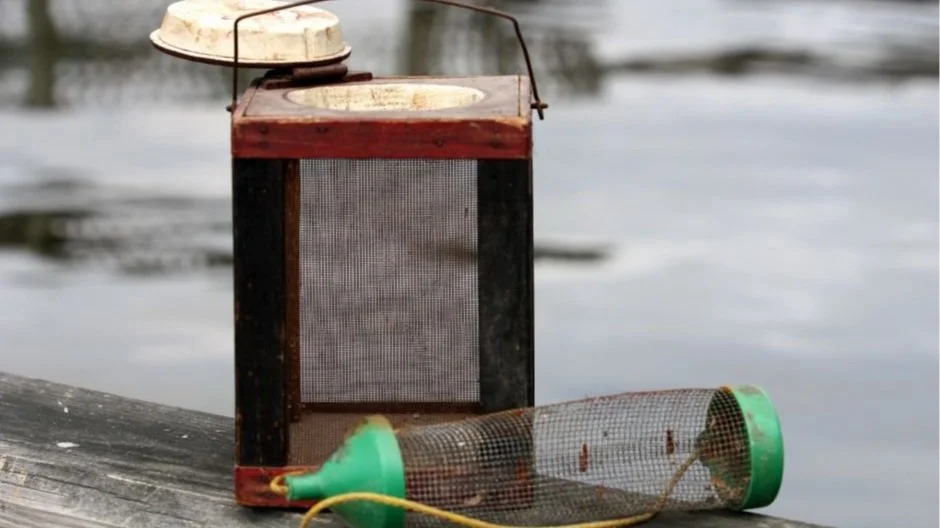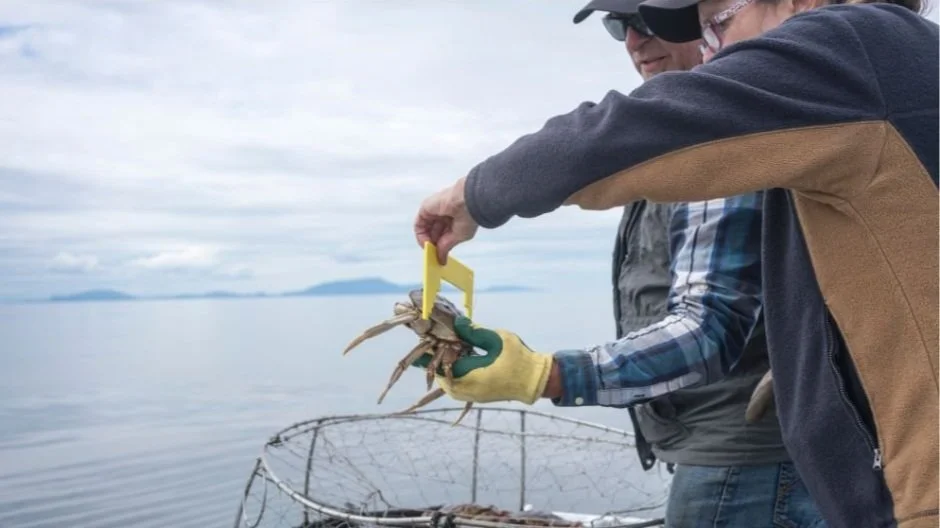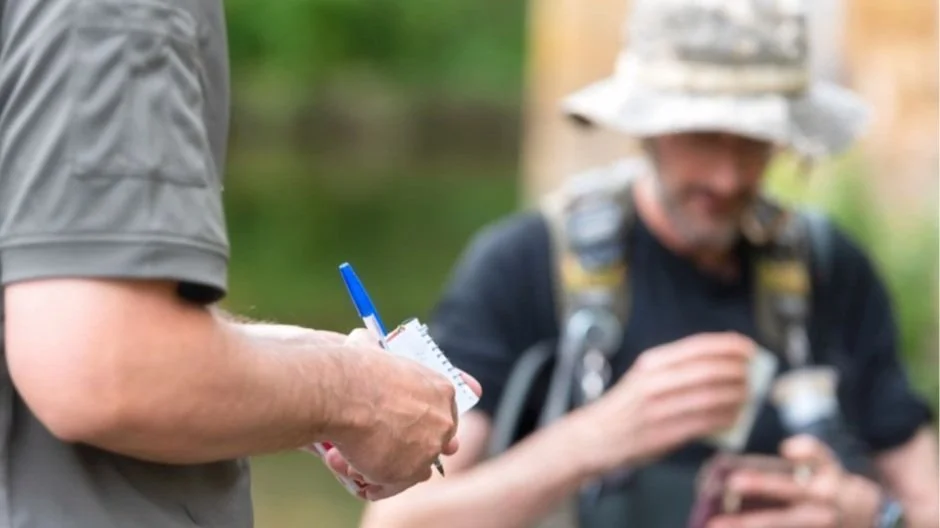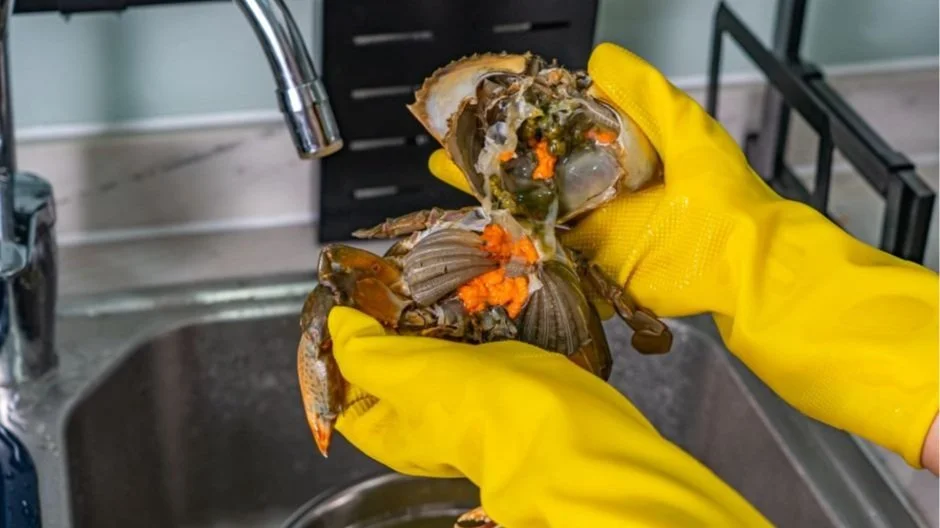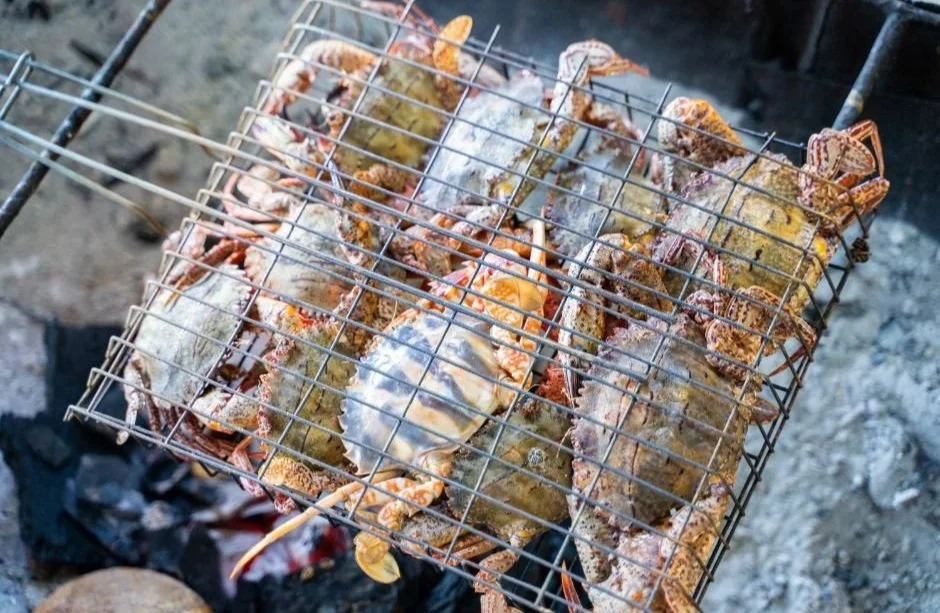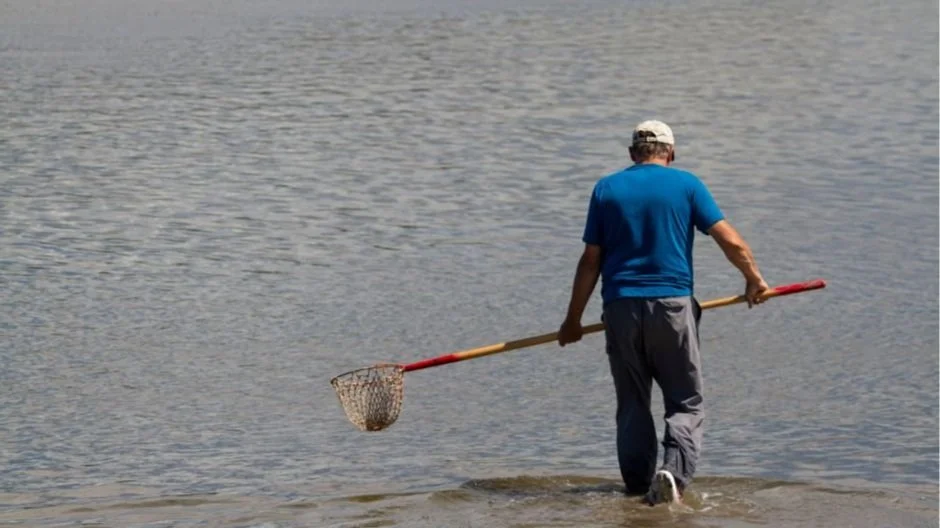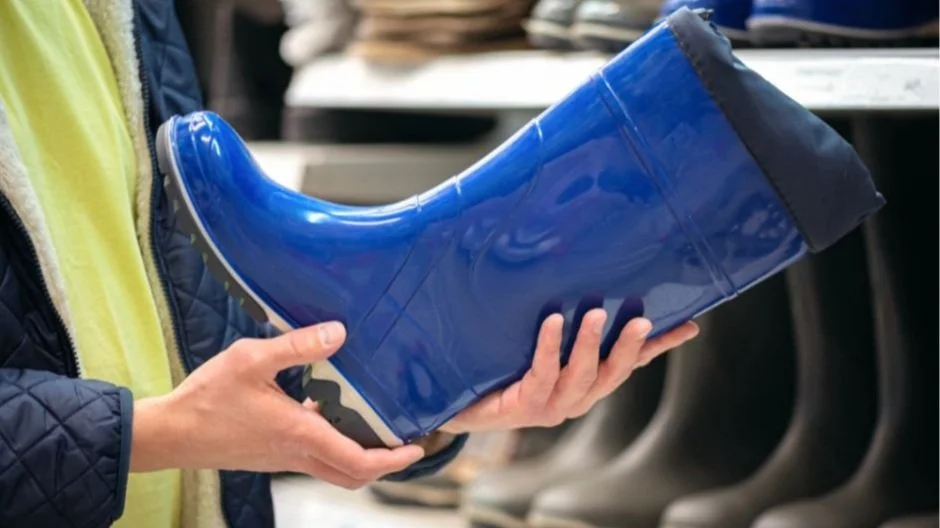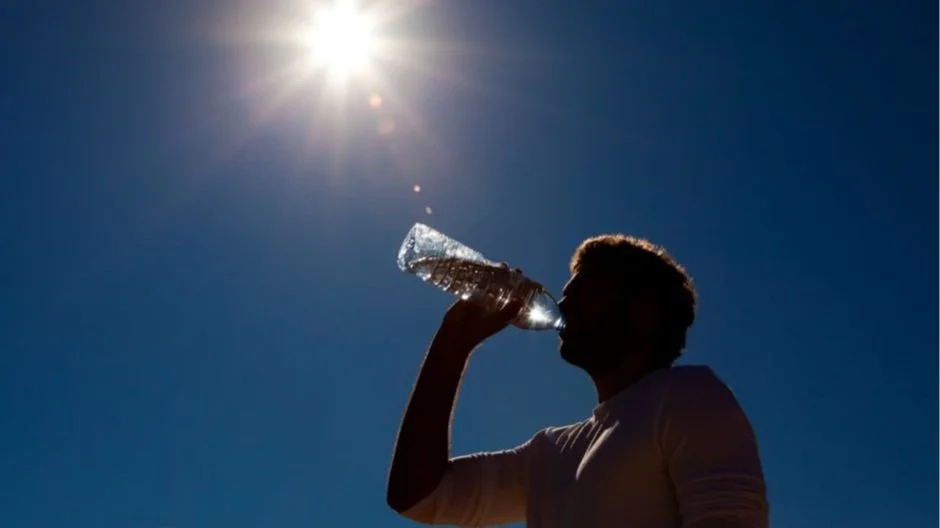Guide to Crabbing in Texas
Discover > Truly Texan > Guide to Crabbing in Texas
Crabbing in Texas offers a thrilling adventure along the Gulf of Mexico coastline. With over 350 miles of pristine shores and abundant marine life, it's no wonder that crabbing has become a cherished tradition in the Lone Star State. From the tranquil bays of Galveston to the sandy beaches of South Padre Island, the diverse coastal ecosystems provide an ideal habitat for a variety of crab (What wine goes well with crab?) species.
As you step onto the shores, the excitement of crabbing fills the air. The quest to catch these fascinating crustaceans, such as the blue crab, stone crab, and the highly prized Dungeness crab, becomes a captivating endeavor. With their unique shells and formidable claws, crabs present both a challenge and a delicious reward for those who venture into this coastal pursuit.
To embark on a successful crabbing experience, it's essential to understand the techniques, equipment, and regulations involved. A comprehensive resource awaits you, offering valuable insights and tips to enhance your crabbing adventures in Texas. This invaluable companion provides guidance on selecting the best crab traps, understanding bait preferences, locating prime crabbing spots, and navigating the intricate rules and regulations that govern this cherished activity.
So, whether you're a seasoned angler eager to expand your horizons or a curious novice looking for a new coastal escapade, this indispensable companion will equip you with the knowledge and skills needed to enjoy the thrill of crabbing in Texas to the fullest. Prepare yourself for a memorable journey as you discover the joys of capturing these fascinating creatures and savoring the fruits of your crabbing endeavors.
Understanding Crab Species in Texas Coastal Waters
When embarking on a crabbing adventure in the coastal waters of Texas, it's crucial to familiarize yourself with the various crab species that call these shores their home. Texas offers a diverse range of crab species, each with its unique characteristics and habitats. By understanding these species, you can enhance your chances of a successful crabbing experience.
One of the most common crab species found in Texas is the Blue Crab (Callinectes sapidus). Known for its distinct blue color and formidable claws, the Blue Crab is a popular target for crabbers. They thrive in estuaries, marshes, and bays, and can be found throughout the Texas coast. Blue Crabs are prized for their sweet and tender meat, making them a favorite among seafood enthusiasts.
Another notable crab species found in Texas is the Stone Crab (Menippe mercenaria). Known for their large and powerful claws, Stone Crabs are highly sought after for their succulent meat. These crabs inhabit shallow coastal waters and are known for their ability to regenerate their claws, making them a sustainable choice for crabbers.
Additionally, the Gulf Coast of Texas is home to the coveted Dungeness Crab (Metacarcinus magister). With its robust size and delicious meat, the Dungeness Crab is a prized catch for many crabbers. They inhabit sandy and muddy bottoms and can be found in deeper waters along the Texas coast.
Understanding the different crab species in Texas coastal waters not only adds to the excitement of crabbing but also helps you tailor your strategies and gear to target specific species. By knowing where these crabs reside and their preferred habitats, you can maximize your chances of a successful and rewarding crabbing expedition.
Essential Equipment for Crabbing
To engage in a successful and enjoyable crabbing experience in Texas, it's essential to have the right equipment at your disposal. Here are the key items you'll need:
Crab Traps
A good quality crab trap is a fundamental tool for crabbing. There are various types available, including collapsible traps and wire-mesh traps.
Look for traps that are sturdy, durable, and designed specifically for crabbing. They should have entrance funnels to allow crabs to enter easily while preventing their escape.
Bait Bags or Bait Boxes
Crabs are attracted to fresh and enticing bait, and using bait bags or bait boxes is a great way to keep the bait secure within the trap.
These containers allow the scent of the bait to disperse, luring crabs to investigate and enter the trap.
Crabbing Gloves
Handling crabs can be a bit tricky, as they have sharp claws and can be feisty. Investing in a pair of crabbing gloves will protect your hands from potential pinches and provide a better grip when handling the crabs. Look for gloves made of durable material that offer both protection and flexibility.
Other essential equipment includes a crabbing net or scoop to safely remove crabs from the water, a measuring gauge to ensure crabs meet the minimum size requirements, a bucket or cooler to store your catch, and a crabbing line or string to secure your traps in place.
By equipping yourself with the necessary tools, you'll be prepared to embark on a successful crabbing expedition in the coastal waters of Texas. Remember to check local regulations to ensure compliance and promote responsible and sustainable crabbing practices.
Choosing the Right Crabbing Locations
When it comes to crabbing in Texas, selecting the right locations can significantly impact your success. Here are some factors to consider when choosing crabbing spots:
Habitat and Environment
Crabs are typically found in habitats such as estuaries, marshes, and bays. These areas provide the necessary combination of shelter, food, and favorable conditions for crabs to thrive.
Look for locations with tidal movements, as crabs tend to be more active during certain tidal phases. Additionally, areas with muddy or sandy bottoms are known to attract crabs.
Local Knowledge and Research
It's beneficial to gather local knowledge about prime crabbing locations. Talk to experienced crabbers, visit local bait and tackle shops, or join online forums and communities to gather insights from fellow enthusiasts.
Researching current reports or consulting fishing guides can also provide valuable information on productive crabbing spots.
Accessibility and Safety
Consider the accessibility and safety of the chosen crabbing location. Ensure that you have proper access to the water, whether it's a dock, pier, beach, or boat launch. Check for any regulations or permits required for the specific location you plan to crab in. It's also important to consider safety factors such as strong currents, underwater hazards, or potential wildlife encounters.
Remember, crabbing can be a trial-and-error process, so exploring different locations and experimenting with different spots can lead to fruitful results. By considering the habitat, doing research, and prioritizing accessibility and safety, you can increase your chances of finding the perfect crabbing locations in the coastal waters of Texas.
Bait Selection and Preparation
Choosing the right bait is crucial when it comes to enticing crabs to your traps. Here are some tips for bait selection and preparation for a successful crabbing experience:
Natural Baits
Crabs are attracted to natural scents and flavors. Some popular natural baits include raw chicken, fish heads or carcasses, shrimp, and squid.
Freshness is key, so ensure your bait is not spoiled or rotten. Consider using oily fish or bait that emits a strong scent to lure crabs from a distance.
Homemade Baits
Many crabbers prefer to create their own homemade baits. These can include mixtures of fish scraps, chicken necks, and various seasonings.
Some even add ingredients like fish oil, garlic, or even soda to enhance the bait's appeal. Experimenting with homemade baits can be a fun and rewarding way to attract crabs.
Bait Bags or Containers
To prevent crabs from simply stealing your bait without getting caught, it's important to secure the bait within your traps. Using bait bags or containers is a common practice. Place the bait inside a mesh bag or container and securely attach it to the trap. This allows the scent of the bait to disperse, attracting crabs into the trap while preventing them from easily devouring it.
Before heading out for crabbing, it's recommended to prepare and pre-cut your bait into smaller pieces for easy handling and attachment to the traps. Remember to bring extra bait in case you need to refresh your traps during the crabbing session.
By carefully selecting and preparing your bait, you can increase your chances of attracting crabs to your traps and enjoy a productive crabbing adventure along the Texas coastline.
Regulations and Best Practices
When engaging in crabbing activities in Texas, it is essential to understand and abide by the regulations and best practices to promote sustainable crab populations and ensure a safe and enjoyable experience. Here are some key regulations and best practices to keep in mind:
Fishing Regulations
Familiarize yourself with the specific crabbing regulations set by the Texas Parks and Wildlife Department (TPWD). These regulations include size limits, catch limits, and seasons for different crab species.
Adhering to these regulations helps protect the crab populations and ensures their sustainability for future generations.
Licensing
In Texas, a valid fishing license is generally required for recreational crabbing, with some exceptions for specific age groups or residents fishing from private property.
Ensure that you have the appropriate license and carry it with you while crabbing. Fishing licenses can be obtained from the TPWD website or authorized retailers.
Trap Placement and Marking
Follow guidelines for trap placement, including distance from navigable waterways, piers, and other traps. Avoid placing traps in areas that obstruct navigation or pose a hazard to boaters.
Use proper markings, such as floats with your name and contact information, to easily identify your traps.
Release Undersized and Protected Crabs
It is crucial to release crabs that do not meet the minimum size requirements or fall under protected categories, such as female crabs with eggs.
This practice helps maintain the crab population's reproductive capabilities and ensures the sustainability of the species.
Respect the Environment
Practice Leave No Trace principles by cleaning up after yourself and properly disposing of any trash or bait containers. Avoid damaging sensitive habitats, such as seagrass beds or marshes, which serve as important nurseries for marine life.
By adhering to these regulations and best practices, you contribute to the conservation and preservation of Texas' crab populations and their natural habitats. Respecting the rules not only benefits the ecosystem but also promotes a positive crabbing experience for yourself and fellow enthusiasts.
Cleaning and Cooking Your Catch
After a successful crabbing excursion along the Texas coast, it's time to clean and cook your catch to savor the delectable flavors of fresh crab. Here's a step-by-step guide on how to clean and cook your crabs:
Cleaning the Crabs
Start by placing your live crabs in a container of ice or in the refrigerator to immobilize them. This process helps calm the crabs and makes handling easier.
Once they are no longer moving, hold each crab firmly and use a pair of kitchen shears or a sharp knife to remove the top shell, also known as the carapace. Discard the carapace and rinse the crabs under cold water to remove any debris.
Removing the Gills and Viscera
Flip the crab over and locate the gills, which are feathery structures on either side of the body. Remove them by pulling them away from the body and discarding them.
Next, look for the viscera, or "dead man's fingers," located in the center of the body. Scoop out the viscera using your fingers or a small spoon. Rinse the cleaned crabs again to ensure they are free from any remaining debris.
Cooking Methods
There are various ways to cook crab, depending on your preference. Popular methods include boiling, steaming, grilling, or baking. For boiling, fill a large pot with water, add salt and seasonings, and bring it to a rolling boil. Drop the cleaned crabs into the boiling water and cook for about 10-15 minutes, or until the shells turn bright orange. Steaming is another popular method, where you place the crabs in a steamer basket and steam them for about 15-20 minutes.
Once cooked, you can enjoy the crabs as they are or use the meat in various recipes, such as crab cakes (What wine goes well with crab cakes?), crab salads, or crab pasta (how long does pasta last?) dishes. Cracking the shells and extracting the meat can be done with the help of a crab cracker or a small mallet. Serve your delicious crab dishes with lemon wedges, melted butter, or your favorite seafood dipping sauces.
Cleaning and cooking your fresh catch not only ensures the best quality and taste but also allows you to experience the true flavors of Texas coastal crabbing. Enjoy the fruits of your labor and savor the delectable bounty of the sea.
Safety Precautions for a Successful Crabbing Trip
While crabbing can be a fun and rewarding activity, it's essential to prioritize safety to ensure a successful and enjoyable experience. Here are some key safety precautions to keep in mind for your crabbing trip:
Be Aware of the Surroundings
Before setting out, familiarize yourself with the location and potential hazards. Be mindful of strong currents, changing tides, submerged objects, and weather conditions.
Stay away from areas with swift currents or rough waves that can pose a risk to your safety.
Use Proper Safety Gear
Wear appropriate attire for crabbing, including non-slip shoes or boots that provide good traction on wet surfaces.
Consider wearing a life jacket, especially when crabbing from a boat or in deeper waters. It's also recommended to wear protective gloves to avoid potential pinches from crabs.
Handle Crabs with Caution
Crabs can be feisty and have sharp claws, so handle them carefully. Use crabbing gloves or tongs when picking up crabs to minimize the risk of getting pinched. Grasp crabs from the rear end to reduce the likelihood of injury.
Large crabs can be particularly aggressive, so exercise extra caution when handling them.
Watch for Wildlife
Keep an eye out for other wildlife that may be present in the area, such as snakes, jellyfish, or marine mammals.
Avoid touching or disturbing any unfamiliar marine life and give them space to ensure your safety and theirs.
Stay Hydrated and Protected
Crabbing trips often involve spending extended periods under the sun, so remember to stay hydrated by drinking plenty of water.
Apply sunscreen to protect your skin from harmful UV rays, and consider wearing a hat and sunglasses for additional sun protection.
Fishing with Others
Whenever possible, crab in the company of others. Not only does it enhance the experience, but it also provides an extra level of safety and support in case of emergencies.
By following these safety precautions, you can minimize the risk of accidents or injuries and ensure a safe and successful crabbing trip in the coastal waters of Texas. Prioritize safety, enjoy the adventure, and make lasting memories while crabbing responsibly.
Conclusion
Crabbing in the coastal waters of Texas offers an exciting opportunity to connect with nature, enjoy the bounty of the sea, and create unforgettable memories. By understanding the crab species, having the right equipment, selecting the right locations, and following regulations and best practices, you can embark on a successful and sustainable crabbing adventure. From choosing the right bait and mastering crabbing techniques to ensuring safety and respecting the environment, every step contributes to a rewarding experience.
Now, it's time to grab your crab traps, pack your bait, and head out to the Texas coast for an incredible crabbing adventure. Embrace the thrill of the chase, the joy of a bountiful catch, and the satisfaction of preparing and savoring your own freshly caught crabs. Whether you're a seasoned crabber or a beginner, the coastal waters of Texas offer a rich and diverse crabbing experience waiting to be explored.
So, gather your friends and family, spread the word about responsible crabbing practices, and inspire others to join you in this delightful coastal pursuit. Let's commit to protecting our marine ecosystems, following the rules and regulations, and preserving the crab populations for generations to come. Together, we can ensure the sustainability of this cherished tradition and the natural beauty of Texas' coastal waters. Happy crabbing!

